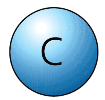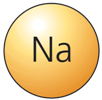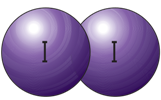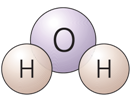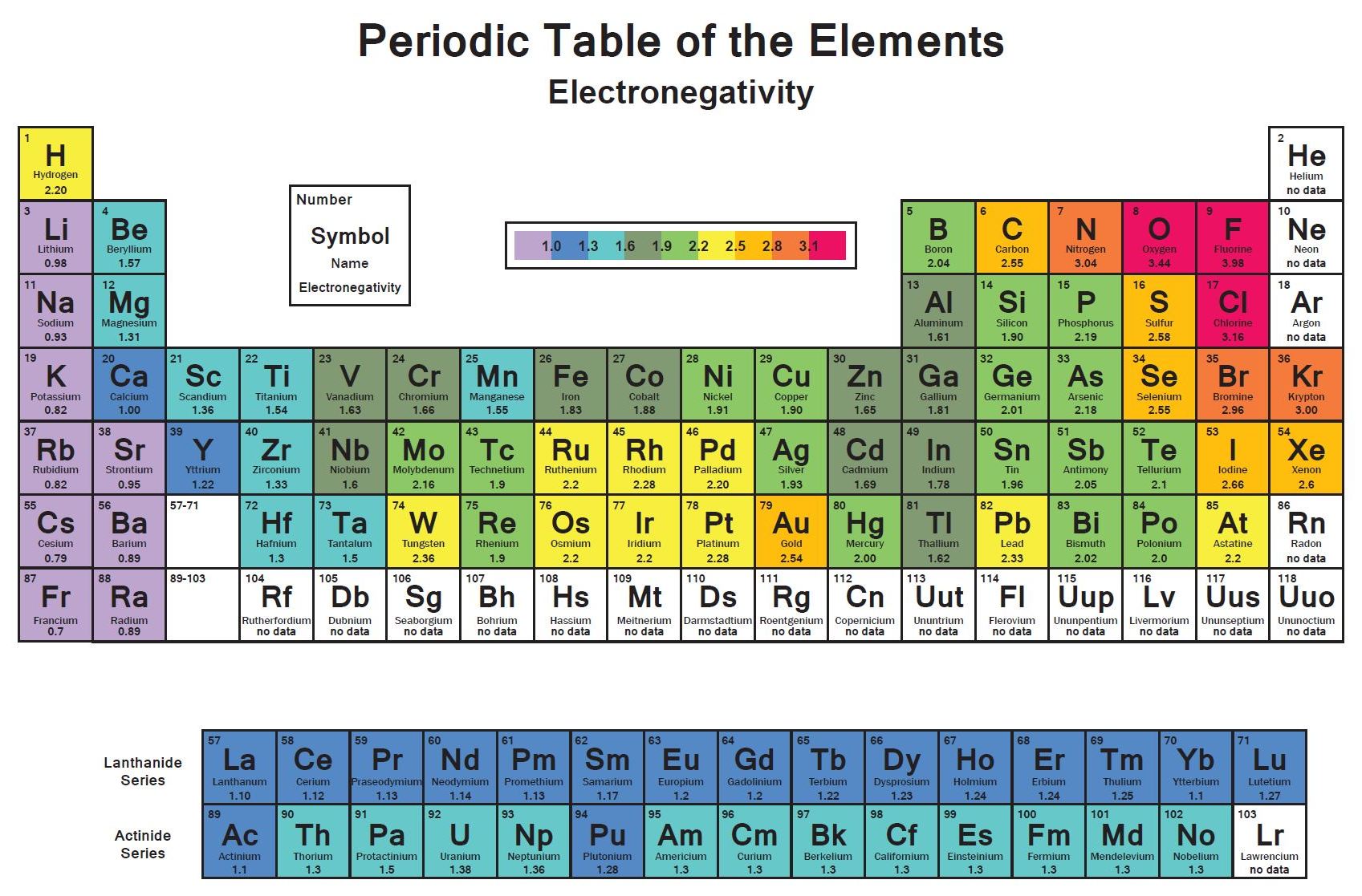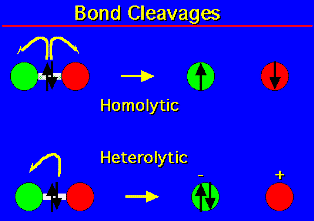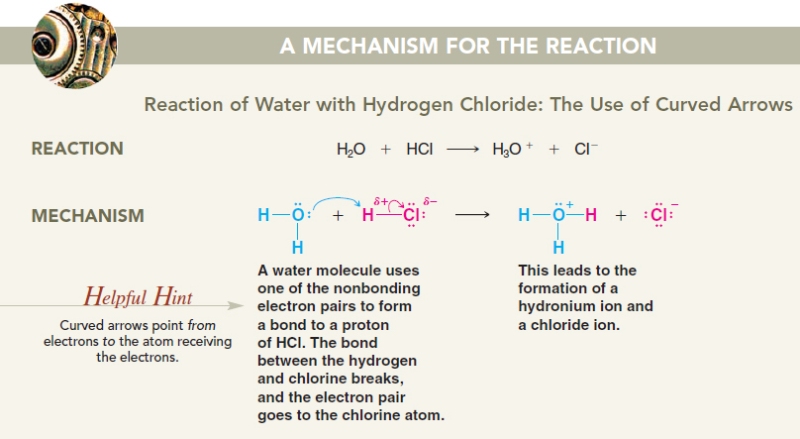So you can say that 24 grams of magnesium contains the same number of atoms as 12 grams of carbon-12. 24 grams of magnesium is also called a mole of magnesium atoms.
Examples
Sodium is made of single sodium atom. Its symbol is Na and Ar is 23.
The 23g of sodium contains 6.02×1023sodium atoms or 1 mole of sodium atoms.
Conclusion
So you can see that one mole of a substance can obtained by weighing out the Ar or Mr of that substance in grams.
How can you find the mass of a mole?
You can easily find out the mass of one mole of any substance by following these steps
- First of all write down the symbol or formula of the substance
- Find the Ar or Mr of the substance
- Express the mass in grams
|
Substance
|
Symbol
|
Ar
|
Mr
|
Mass of one mole
|
|
Sodium
|
Na
|
Na = 23
|
Exists as single atoms
|
23 grams
|
|
Chlorine
|
Cl2
|
Cl = 35.5
|
2 x 35.5 = 71
|
71 grams
|
|
Propanol
|
C3H7OH
|
C = 12
H = 1
O = 16
|
3 x 12 = 36
8 x 1 = 8
1 x 16 = 16
|
60 grams
|
